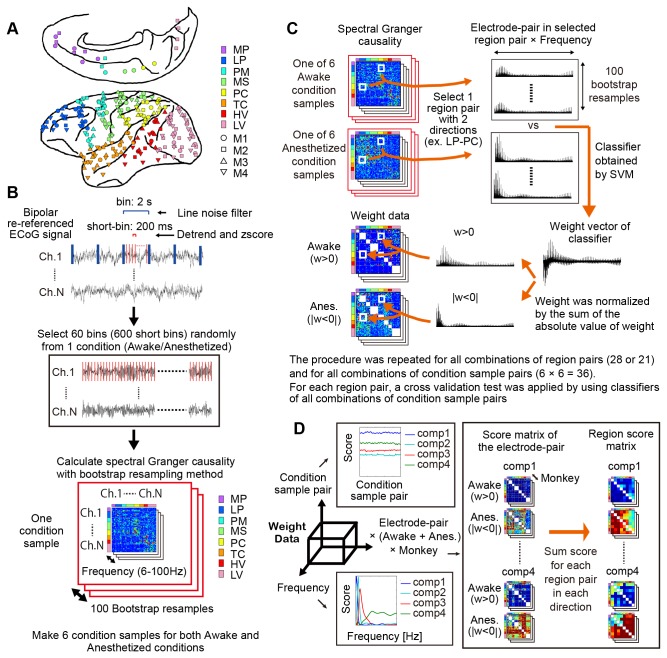Figure 1. Schematic explanation of method.
A: The bipolar re-referenced ECoG electrode arrays on the left cortical surface of 4 monkeys (M1-M4). Marker colors represent cortical regions, and shapes of markers represent monkeys. MP: Medial prefrontal cortex LP: Lateral prefrontal cortex, PM: Premotor cortex, MS: Primary motor and somatosensory cortices, PC: Parietal cortex, TC: Temporal cortex, HV: Higher visual cortex and LC: Lower visual cortex. The positions of the ECoG electrode in monkeys M1, M3, and M4 were manually remapped on the brain of monkey M2 by using the sulci as remapping references.
B: Preprocessing of ECoG signals for spectral Granger causality and its data structure. For preprocessing of the ECoG signal, bipolar re-reference, line noise filter, detrend, and z-score transformation were applied. Next, 120-sec time length data was prepared as a condition sample from the data set collected on different experimental days. One hundred bootstrap resamples of spectral Granger causalities were calculated from 1 condition sample. Six condition samples were prepared for the awake and anesthetized conditions.
C: The procedure for obtaining the weight data for the awake and anesthetized conditions. SVM was generated to classify bootstrap resamples of spectral Granger causality between the awake and anesthetized conditions for all combinations of region pairs and for all combinations of condition sample pairs. Weights of the classifier for all combinations of region pairs were separated for the awake and anesthetized conditions based on their sign and were integrated in the weight data.
D: By using PARAFAC, network components were extracted from the global pattern of the weight data. The weight data of 4 monkeys were combined and aligned to 3 dimensions, 1) condition sample pairs, 2) frequency, and 3) electrode pairs of all combinations of region pairs for awake and anesthetized. After the deconstruction, the components in each dimension had relative scores.

